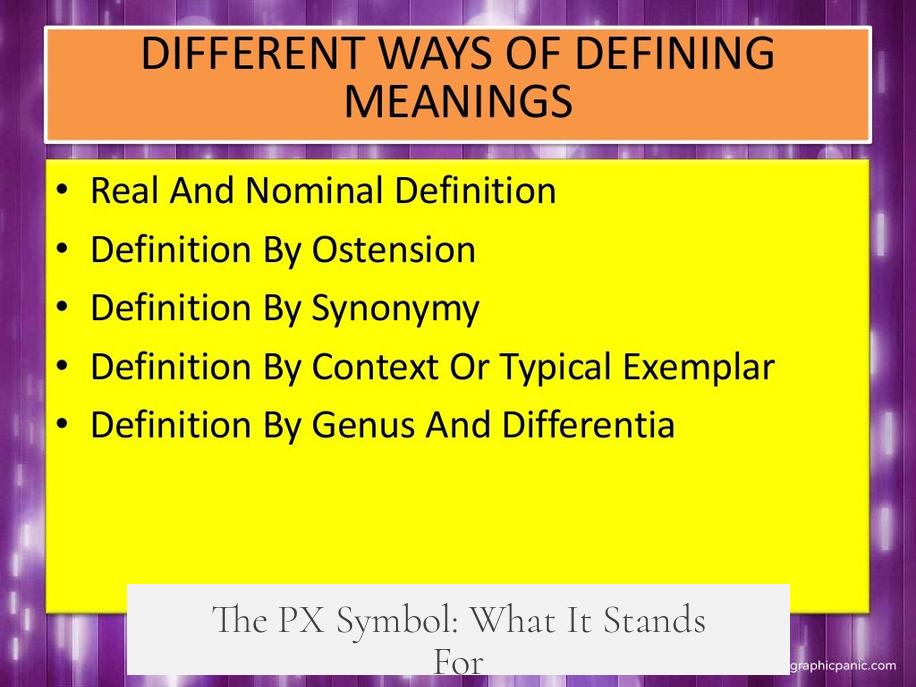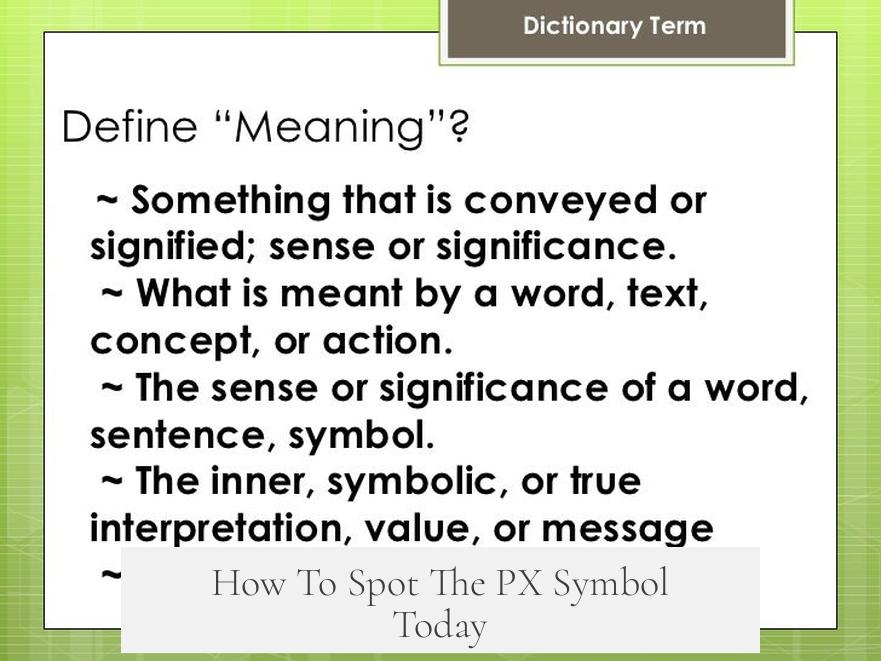The PX symbol stands for the Chi-Rho, a Christian symbol formed by combining the Greek letters Chi (Χ) and Rho (Ρ), the first two letters of “Christ” in Greek. It serves as a shorthand or Christogram representing Jesus Christ.
This symbol functions primarily as a marker of Christian faith or as an abbreviation for Jesus Christ in early Christian texts. Unlike national flags or emblems tied to empires, it is fundamentally religious, not political.
The Chi-Rho gained significant prominence when Emperor Constantine used it as a battle standard, signaling divine support and Christian faith during his military campaigns. This occurred before Christianity became the official religion of the Roman Empire.
Archaeological finds show the Chi-Rho appearing widely across both Western and Eastern Roman Empires. It is found carved on church walls, inscribed on helmets, etched into official edicts, and even decorating domestic spaces in villas, including those in Britain.
The symbol’s widespread use underscores its role as a spiritual identifier rather than a national or imperial emblem. It compares to how crescent shapes symbolize Islam and appear on various modern flags without implying a political entity.
To clarify, the PX symbol:
- Is a Christogram made from Greek letters Chi (Χ) and Rho (Ρ).
- Represents Jesus Christ in symbolic form.
- Was used by Constantine as a sign of faith in battle.
- Precedes Christianity’s status as the Empire’s official religion.
- Appears in artifacts from Christian sites across Roman territories.
- Is not inherently a political or imperial symbol.
This symbol thus reflects early Christian identity and faith rather than political allegiance or imperial power.
- PX = Chi-Rho, first two Greek letters of Christ.
- Symbolizes Jesus Christ and Christian faith.
- Used widely across Roman Empire contexts, including battle and worship.
- Adopted by Constantine before Christianity’s state religion status.
- Functions like religious symbols on modern national flags, not as political insignia.
The PX Symbol: What It Stands For

Ever stumbled upon the curious PX symbol and wondered, “What on earth does this stand for?” It’s actually the ancient Chi-Rho, a Christogram representing Jesus Christ himself. But hold on, before you think this is just some obscure religious doodle, let’s unpack what makes the PX symbol genuinely fascinating.
The PX symbol is a mashup of two Greek letters: Chi, looking like an X, and Rho, resembling the letter P. These are not picked at random. They’re the very first two letters of ΧΡΙΣΤΟΣ (Christos), the Greek word for Christ. So, in modern English, it’s almost like abbreviating Jesus Christ as J.C., but with centuries of spiritual weight behind it.
Imagine ancient Christians not just writing out the whole name Jesus Christ, but weaving this symbol into texts, art, and even battle gear. It served as a powerful shorthand for faith, a beacon of identity.
The PX Symbol: Not Your Average Political Logo
Here’s an interesting twist: the PX didn’t originally stand for any empire, western or eastern, even though it later got snagged by Imperial powers. It’s fundamentally a sign of Christian faith, predating its imperial co-option.
History buffs might raise an eyebrow here. Didn’t Emperor Constantine use the Chi-Rho symbol famously? Absolutely. Eusebius, a historian of the time, tells us Constantine carried a Chi-Rho standard into battle as a divine sign. It wasn’t some political flair but an emblem of faith and hope for victory.
So, rather than a political flag waving allegiance to an empire, think of the PX symbol as a faith banner—like how a crescent moon is prominently featured on the flags of countries like Turkey, Pakistan, and Tunisia today. That crescent doesn’t scream “politics!”—it speaks culture and faith.
Where Does the PX Show Up? Look Closely!
Here’s a fun archaeological tidbit: the PX symbol suddenly pops up everywhere across ancient Roman sites, from helmets knights—or rather, soldiers—wore, to majestic cathedrals reaching for the sky. You’ll even find it engraved on edicts and tucked away in villa decorations in far-flung Britain.
This widespread appearance shows the symbol was more than just a religious tag—it was a mark of identity, a whisper of community across lands with vastly different languages, customs, and empires.
What Can We Learn From the PX Symbol Today?
If you’ve ever thought symbols are just simple graphics, the PX symbol teaches us otherwise. It’s a compact story, a blend of language, faith, and history all merged into two letters. The Chi-Rho embodies centuries of belief and the journey of Christianity from clandestine gatherings to imperial visibility.
It also reminds us to think deeply about what symbols represent. Are they mere decorations, or do they carry layers of identity and meaning? When you see the PX, remember it’s not just a couple of Greek letters, but a centuries-old emblem of hope, faith, and community.
How To Spot The PX Symbol Today

- Look for the combination of an X and a P overlapped in various designs.
- Check historical contexts—church art, old manuscripts, or Roman relics often carry it.
- Understand it’s a pure symbol of faith, not a political marker.
If you’re visiting ancient sites or exploring religious iconography, spotting the Chi-Rho can feel like finding a secret code. It’s a small but mighty symbol with a story as complex as history itself.
Would You Wear the PX Symbol?
Faith, identity, and fashion—why not mix all three? Today, some wear the PX symbol as jewelry or tattoo it, connecting to centuries-old traditions.
But ask yourself: What does this symbol mean on your skin or clothing? Is it a nod to heritage, a personal belief, or simply an appreciation for history’s visual languages? The PX invites reflection.
Comparing PX and Other Religious Symbols
Consider how the PX symbol stands alongside other faith emblems. Like the crescent, it represents a broad spiritual identity, but with textual roots tied directly to the language of its origin.
In contrast, crosses in Christianity come in many shapes and styles, each telling a separate story. The PX is unique because it directly abbreviates “Christ” in Greek, making it both art and abbreviation. Pretty clever, right?
Parting Thought: The PX Symbol Is More Than Just Letters
Next time you see the PX, remember it transcends time, empire, and text. It’s a snapshot of faith’s journey, from whispered prayers to imperial banners. That’s quite a resume for a couple of Greek letters!
So, what’s your take? Will you see the PX just as a symbol, or unlock the layers beneath? Either way, you’re now in on what the PX symbol stands for—a timeless emblem connecting past, faith, and meaning in one simple design.
What does the PX symbol represent?
The PX symbol is called a Chi-Rho. It combines the Greek letters Chi (X) and Rho (P), the first two letters of the word Christ in Greek. It stands as a shorthand for Jesus Christ.
Is the PX symbol a political or imperial emblem?
No, the Chi-Rho is primarily a Christian faith symbol. It was later adopted by Emperor Constantine as a sign of Christianity’s imperial status but originally did not represent any empire.
How did Constantine use the PX symbol?
According to Eusebius, Constantine carried the Chi-Rho symbol into battle for divine support. It was a mark of his faith and a symbol meant to inspire his troops.
Where else has the PX symbol been found historically?
The symbol appears on helmets, church buildings, official documents, and decorative items across various regions, including Britain. It was common in both the Eastern and Western Roman Empires.
Can the PX symbol be compared to modern religious symbols?
Yes, it functions similarly to how the crescent is used on flags like those of Turkey or Pakistan. It symbolizes religious identity rather than political affiliation.



